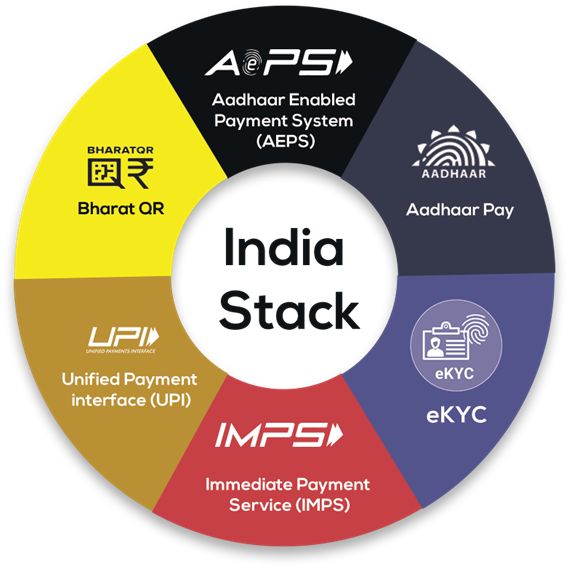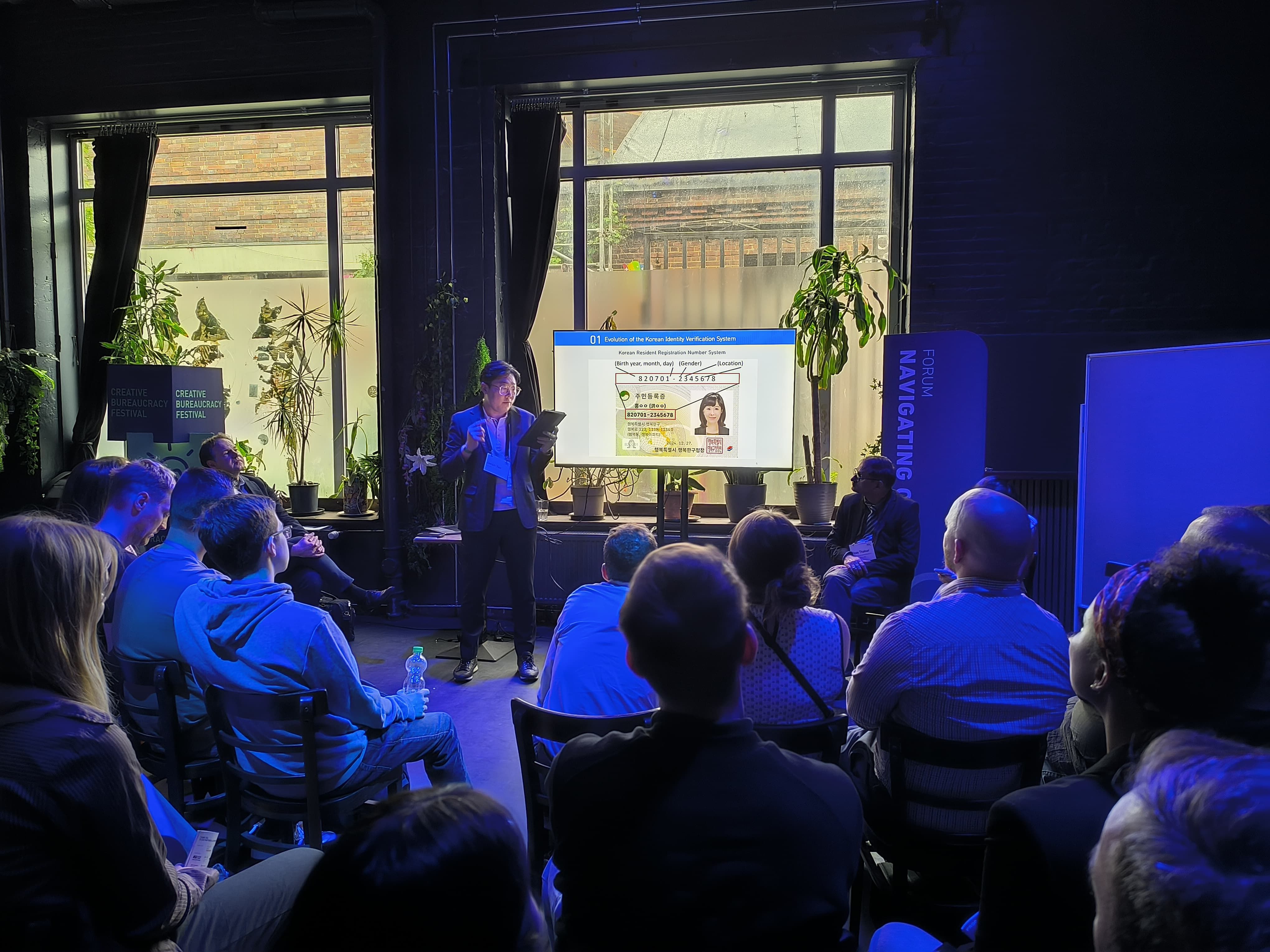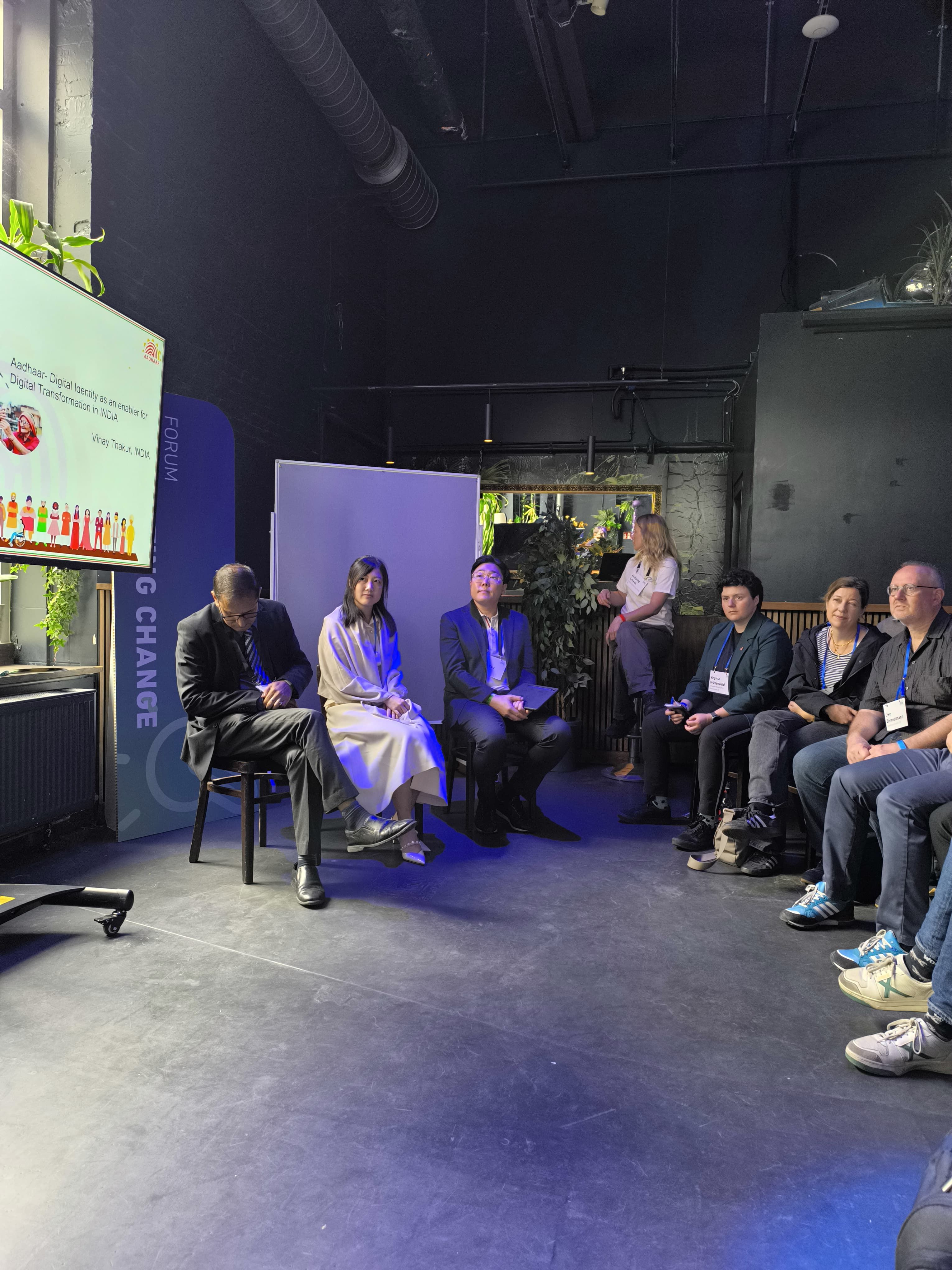Public private integration: Lessons from Asia on accelerating digital ID adoption
By Si Ying Thian
The success of digital ID in India, Taiwan, and South Korea hinges on one crucial element: Government leadership to integrate public and private services, while also building trust and security into their systems.
-1749549798770.jpg)
The case studies from India, South Korea and Taiwan reflected that governments are not just launching digital IDs, but integrating them into the broader ecosystem of services to enhance the usability. Image: Canva
A citizen’s digital life does not always get strictly pigeonholed into either public or private interactions, since it moves fluidly between paying taxes, accessing healthcare, banking online to shopping.
This daily reality means that for the digital ID to truly serve citizens, it needs to transcend traditional boundaries.
For governments today, it is not enough to just build digital ID systems to enable access to public services. It is about designing systems that function seamlessly across both public and private sectors, giving users a consistent and trustworthy experience wherever they go.
This was a key takeaway from a series of presentations by government leaders from India, Taiwan, and South Korea at a roundtable titled Digital Identities in Asia – Gate Opener to a Modern Administration hosted by the Rule of Law Programme - Konrad-Adenauer-Stiftung at the Creative Bureaucracy Festival which happened in Berlin, Germany, on June 5 - where GovInsider was a media partner.
Government leaders from all three countries highlighted the important role of governments to focus on practical use cases and leverage the private sector’s expertise to build a secure and widely adopted digital ID system.
To subscribe to the GovInsider bulletin click here.
Initial push to widespread adoption
Even for the world’s largest digital ID system Aadhar, “it is not the end of things” and the Indian government is still building use cases around it, said Ministry of Electronics & Information Technology (MEIT)’s Former Managing Director of the National Informatics Centre Inc. (NICSI), Vinay Thakur.
Thakur shared that Aadhar initially began with enabling access to subsidies and government incentives, but the real turning point came when people experienced firsthand the benefits of digital services.
He asked the audience to think about how frustrating it used to be to change one's address across multiple documents like driver's licence, bank records, and postal services.

Now, a single digital update can handle it, saving time and hassle.
This shift highlighted a key strategy: Governments must continuously develop practical use cases and showcase tangible benefits to residents that simplify their daily lives, incentivising public adoption.
He also underlined how the government’s inclination towards open source technologies and standards have made it easier for Aadhar to connect and exchange data with different systems.
For example, Aadhar is integrated with DigiLocker, an open source document sharing platform connected to India’s Ministry of Education database, which addresses a major pain point for Indian students applying to international universities.
What used to be a bureaucratic hurdle – universities insisting on direct submission of original documents rather than accepting student-provided degrees – has been streamlined.
With DigiLocker, official data is transmitted straight from certified sources, ensuring authenticity and easing the burden on students and universities alike.
Leveraging private sector’s strengths
As for National Information Society Agency (NIA)’s Executive Principal, Yoo Jae-sin, he positioned that the South Korean government’s role was to develop the foundational systems and open its services.
A key development has been the government’s introduction of the Any-ID policy in 2023, which opens authentication methods previously exclusively used for public services to the private sector.
The ability to integrate such digital ID functionalities, using application programming interfaces (APIs), into familiar apps and services like Samsung and Google makes authentication easily accessible for South Korean consumers.

Yoo shared the possibility of integrating digital ID into the Samsung Wallet with the new policy.
Capitalising on South Korea’s strong credit card culture and high Samsung phone penetration, he said that this integration accelerates the adoption of digital IDs in the country.
While governments are best placed to build a secure core of digital ID due to access to sensitive citizen data, the private sector excels at what they do best – in this case, managing services more efficiently, creating superior user interfaces (UI) and user experiences (UX), he said.
South Korea’s success was driven by a strong belief in leveraging private sector’s technological prowess while building trusted platforms to enable convenient and secure digital experiences for its citizens.
Balancing convenience and citizen trust
The Taiwan government has been building up public trust after the “failure” of its national digital ID back in 2018.
Consequently, discussions about digital ID were put on hold for several years, only recently being revisited as the country announced plans to launch its digital identity wallet (TW DIW) this December.
The Ministry of Digital Affairs (MODA)’s System Planning Manager, Rosalind Liu, asked the audience to think of TW DIW as an Apple Wallet or Google Wallet, where one stores various cards and tickets.
She added that it was also a means for users to connect with different services and share specific data needed to confirm their identities.
Using the example of a driver’s licence, the Ministry of Transportation does not need to access all the user's personal details but only needs to verify specific information from the licence.

TW DIW facilitates that process, blending convenience with citizen trust.
Liu highlighted that a key priority for the ministry in creating the TW DIW was to integrate standards, making it interoperable across different systems within Taiwan and with other countries.
The ministry recently launched a sandbox environment for TW DIW, inviting both public and private organisations to integrate, test, and improve its digital authentication services.
Currently, the sandbox includes a good mix of government-issued documents and private services.
These documents included citizens digital certificate, technician certificate, national insurance card, driver’s licence, while services range from bank account opening, insurance policy search, phone number application to e-commerce package pickup.
Liu shared that the ministry is currently in discussions with major private players to expand the use of TW DIW across different sectors to expand the use case of its digital identity wallet.
The case studies from India, South Korea and Taiwan reflected that governments are not just launching digital IDs, but integrating them into the broader ecosystem of services to enhance the usability.
